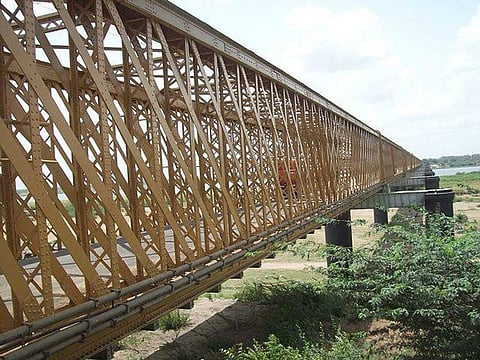Incidentally, Bharuch, having an estimated 2-million population, is considered the second-oldest continuously inhabited city (after Varanasi) in India, with a history dating back over 7,000 years, when its ancient port conducted maritime trade with Africa, Europe, and the Far East for several millennia. Meanwhile, as the bridge was closed for speeding traffic from June 15, thousands of pedestrians started trooping down to Golden Bridge, walking end-to-end, admiring its sheer beauty, click selfies in the stunning views of the Narmada to the east and the west as it meanders to mingle in a misty haze with the Gulf of Khambhat some 50 km westwards. (IANS/KB)


